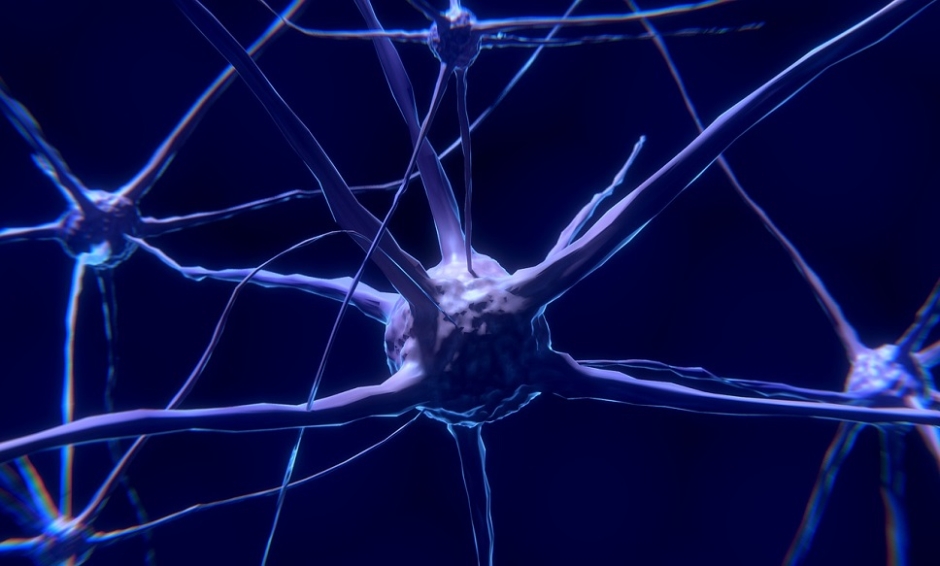ENHANCED understanding of brain activity during transcranial magnetic stimulation (TMS) has been made possible by a technique developed by researchers at the University of Tübingen, Tübingen, Germany. This technique could contribute to the development of a therapeutic tool, leading to a more established method for treating a range of neurological conditions.
Shielding Technique
To better understand the effects of TMS at a neuronal level, the team utilised a shielding technique in rats. This works by shielding microelectrodes against TMS-induced magnetic fields, enabling changes to be detected in individual neurons with a delay of just 1 millisecond after the magnetic pulse.
In this experiment, the neuronal activity of the rats was measured as they moved their forepaws following magnetic stimulation of the part of the motor cortex that controls forelimb movement. It was found that the cortex neurons’ activity observed directly under TMS continued for a period after the TMS pulse had ended. Additionally, the detected neurological activity was discovered to be influenced by the direction of TMS-induced electrical currents in the brain.
Measuring Neuronal Activity
TMS, which can alter activities in the brains of humans by holding a wire coil over the head, is used to diagnose impairments of motor function such as in multiple sclerosis, and also to treat neurological conditions like tinnitus and chronic pain. It is not yet an established treatment method in Europe because there is a lack of knowledge about what takes place at a neuronal level when the magnet is switched on; such activity is generally recorded with microelectrodes, but these recordings are disturbed by TMS-induced magnetic fields. The new technique has crucially been able to avoid this problem, and the team believe their method can now be utilised by other researchers.
Simple Method
PhD student Bingshuo Li, University of Tübingen, explained: “We wanted to develop a simple method to investigate neuronal activity under TMS. Any given lab should be able to use it without specific know-how.”
TMS Development
The findings, which are in keeping with other studies that have measured neural activity in the spine and muscles in humans, could lead to the TMS technique being developed further, ultimately enhancing its diagnostic and therapeutic functions and being used more widely in medicine.
James Coker, Reporter
For the source and further information about the study, click here.








